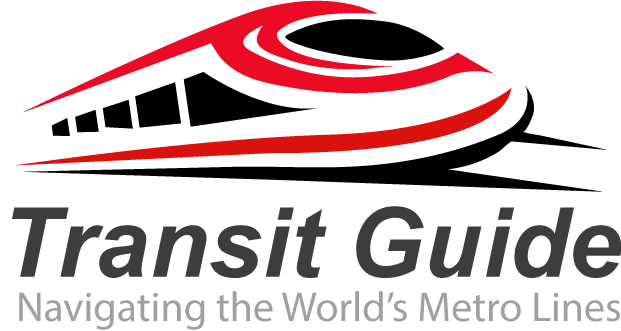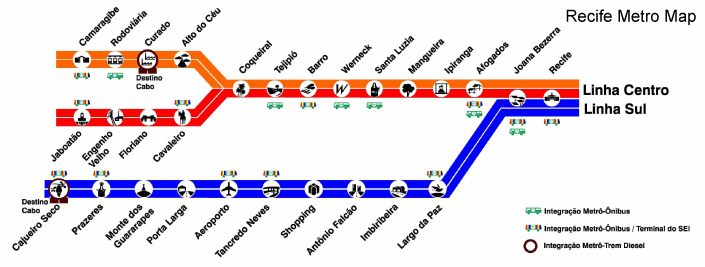The Recife Metro system serves as the backbone of public transportation in Recife, the vibrant capital of Pernambuco state in northeastern Brazil. This efficient urban rail network connects millions of residents and visitors across the Greater Recife metropolitan area, making it an essential service for daily commuters and tourists alike.
Overview of Recife’s Metro Network
The Recife Metro, officially known as Metrorec, operates multiple lines covering over 71 kilometers of track. The system integrates seamlessly with other public transportation modes, including buses and the VLT (Light Rail Vehicle) system, creating a comprehensive urban mobility network that serves approximately 400,000 passengers daily.
Metro Lines and Coverage
The network consists of several key lines:
Line South runs from Recife Central Station to Cajueiro Seco, covering essential neighborhoods and connecting to major commercial areas. This line serves as the primary north-south corridor through the metropolitan region.
Line Center provides crucial connectivity through downtown Recife, linking important business districts and cultural attractions. The line facilitates access to historic areas and modern commercial centers.
Diesel Line extends service to more distant suburbs, ensuring comprehensive coverage of the metropolitan area. This line connects communities that would otherwise have limited access to efficient public transportation.
Key Stations and Destinations
Central Station serves as the main hub, offering connections to all metro lines and integration with bus terminals. Other important stations include Joana Bezerra, which connects to interstate bus services, and Shopping stations that provide direct access to major retail centers.
The metro system efficiently connects passengers to Recife’s main attractions, including the historic Recife Antigo district, modern Boa Viagem beach area, and important business centers throughout the city.
Fares and Payment Options
The Recife Metro utilizes an integrated fare system called VEM (Vale Eletrônico Metropolitano). This electronic card system allows passengers to use the same payment method across metro, bus, and VLT services, providing convenience and cost savings through integrated pricing.
Single journey fares are affordable, with discounted rates available for students, seniors, and low-income residents. The integrated system encourages public transportation use while maintaining accessibility for all economic levels.
Operating Hours and Frequency
Metro services typically operate from 5:00 AM to midnight Monday through Saturday, with slightly reduced hours on Sundays and holidays. During peak hours, trains run every 3-5 minutes, while off-peak frequency extends to 8-15 minutes, ensuring reliable service throughout the operating day.
Benefits for Residents and Visitors
The Recife Metro system provides numerous advantages: reduced traffic congestion, environmental benefits through decreased car dependency, and improved accessibility to employment, education, and entertainment opportunities across the metropolitan area.
For tourists, the metro offers an affordable, safe way to explore Recife’s diverse neighborhoods, from beach areas to historic districts, while avoiding the challenges of urban traffic and parking.
The system continues expanding and modernizing, with ongoing investments in infrastructure improvements, accessibility features, and technology integration, ensuring it remains a vital component of Recife’s urban transportation future.

